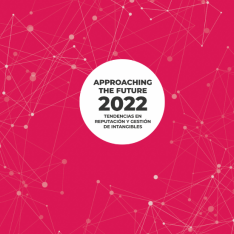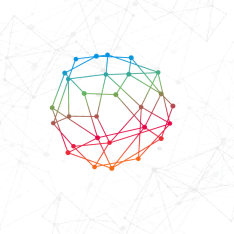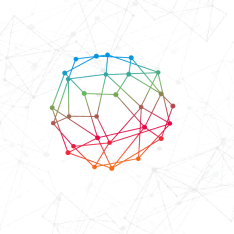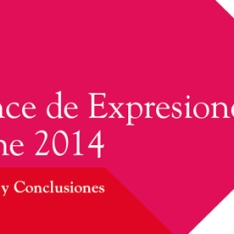Categories
- COVID-19
- Estrategia
- Vídeos
- Approaching the Future
- Sostenibilidad & Responsabilidad Social
- Tendencias
- Consumidores
- Global Issues
- Diversidad & Inclusión
- Digitalización
- Corporate Excellence
- Propósito & Valores
- Stakeholder engagement
- Riesgo Reputacional
- Gobierno Corporativo
- Innovación
- Geopolítica
- Transparencia
- Analytics & Big Data
- Agenda 2030 & ODS
- Reputación & Riesgos Reputacionales





